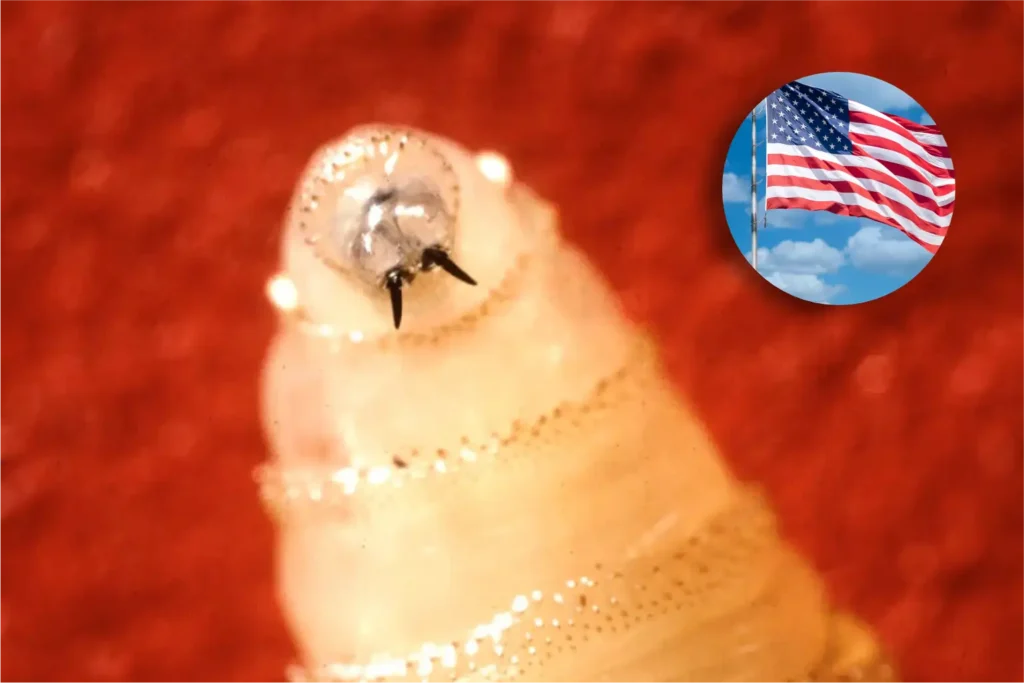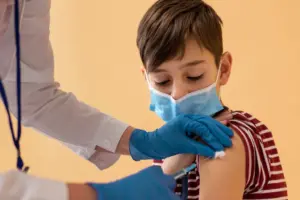
Flesh-eating parasite in US: A Maryland resident who recently travelled to El Salvador has been diagnosed with New World screwworm, marking the first reported US case linked to a country with an ongoing outbreak. The Centers for Disease Control and Prevention (CDC) confirmed the infection on August 4, noting the patient has since recovered. No further cases have been detected in people or animals, according to state health officials.
What is New World Screwworm?
New World screwworm is caused by a species of blowfly whose females lay eggs in open wounds or body openings. Once hatched, the larvae burrow into flesh in a screw-like motion, feeding on living tissue. The parasite’s Latin name translates to “man-eater,” highlighting its destructive nature.
Also Read | Measles outbreak in Texas officially over after 762 cases
Where is the New World screwworm found?
The parasite is typically found in South America, Central America, and the Caribbean. While human infections are rare, the screwworm is notorious for devastating livestock, particularly cattle, leading to significant economic losses for ranchers.
What are the symptoms of New World screwworm?
- Infected individuals may notice:
- Painful wounds that do not heal
- Maggots in or around sores
- Foul-smelling discharge from the affected area
The larvae do not spread from person to person, and the overall risk to the US public remains low, officials said.
How is the New World screwworm treated?
Treatment usually requires surgical removal of the larvae. The CDC cautions against attempting self-removal, which could worsen the infection.
History of New World screwworm
The US managed to eradicate screwworms in the 1960s and 1970s through the mass release of sterilised male flies. However, experts warn that increased movement of people and animals has allowed infestations to creep northward again through Central America and Mexico.
If the parasite resurfaces in the US, scientists believe the Texas-Mexico border region would likely be the first hotspot.








